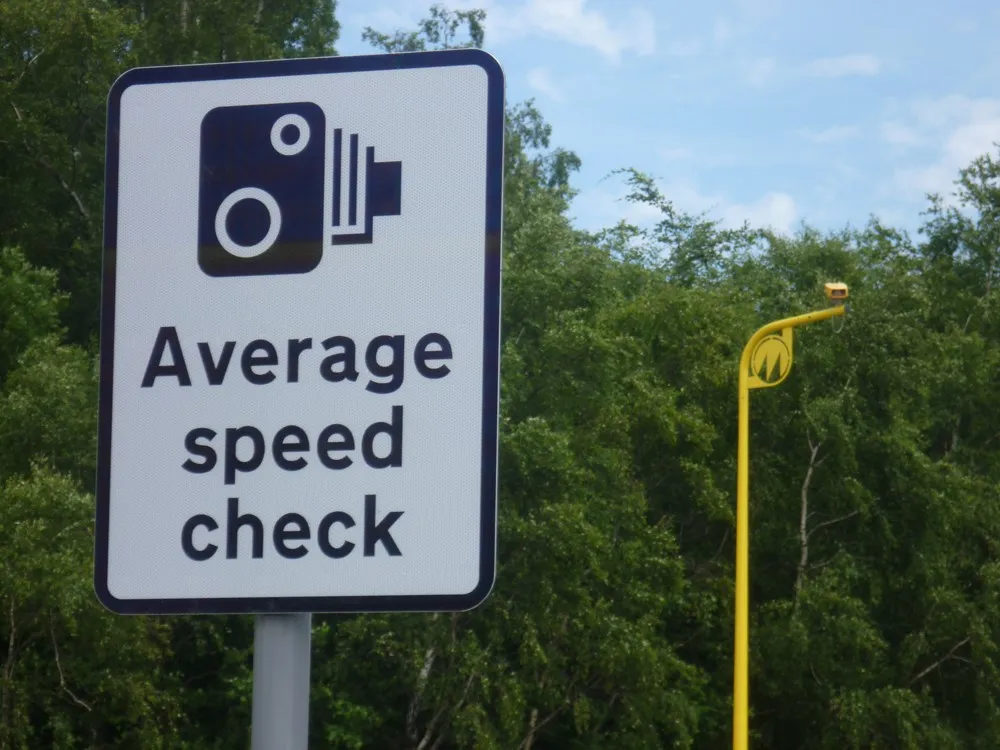The city of Toronto, Canada has seen an average drop of 40 per cent in the number of collisions causing a death or serious injury at intersections equipped with red light cameras, according to the Toronto Star. At some locations, there have been no deaths or serious injuries caused by collisions since the cameras were installed.
The city has almost doubled its red light cameras as part of a plan it says is aimed at eliminating traffic death and serious injuries. To date, 65 new cameras have been placed at intersections this year and are now operational, with another 10 to come that are still under construction or review.
In an e-mailed statement to the newspaper, Myles Currie, director of the city’s Traffic Management Centre said the city would traditionally remove cameras and relocate them to other locations. However, it was advised to retain the cameras from the previous phase. “They continue to maintain their effectiveness at those locations and moreover, anecdotally we are seeing a halo effect of the cameras likewise serving to reduce fatal and serious injury collisions at adjacent intersections as well,” he concluded.
Signage is key to making sure the cameras are effective, according to Brian Patterson, president and CEO of the Ontario Safety League. He said that unlike common tactics like speed bumps, increasing the number of red light cameras is one of the traffic calming and behaviour modification projects that really does work.
Red light cameras ‘reducing intersection deaths’ in Toronto
The city of Toronto, Canada has seen an average drop of 40 per cent in the number of collisions causing a death or serious injury at intersections equipped with red light cameras, according to the Toronto Star. At some locations, there have been no deaths or serious injuries caused by collisions since the cameras were installed.The city has almost doubled its red light cameras as part of a plan it says is aimed at eliminating traffic death and serious injuries.
September 4, 2017
Read time: 2 mins








